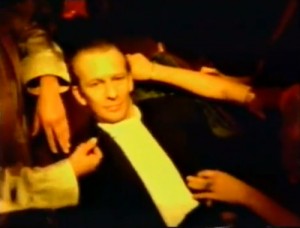 Cosa (formerly Cosa Nostra) was a project by producer Trevor Reekie of Pagan Records. “Still Water” is an atmospheric track with a some trip hop and dub styles.
Cosa (formerly Cosa Nostra) was a project by producer Trevor Reekie of Pagan Records. “Still Water” is an atmospheric track with a some trip hop and dub styles.
The video was directed by Mark Tierney and has a slight sci-fi flavour to it, a bit like the dream worlds of “Inception”. On a deserted grassy hill, Trevor is beckoned by a curious Asian man who takes him to a relaxing day spa. Though being a slightly weird music video, this ain’t no ordinary relaxing day spa.
Trevor lies down and is pampered by a number of Asian women. Their benevolent stroking seems to take him into a room where some cool people are partying. Is it real? Well, is the relaxing day spa real? Is the Asian man real? It’s all getting pretty Matrix.
Lava lamps blob, parasols spin, bubbles are blown, belly dancers shimmy, fire poi are twirled and the partygoers laze around in a haze. It’s like everyone in the room took too many Neurofen Plus, except for the one guy who’s dancing. Yeah, there’s always the one guy who’s dancing.
But obviously this bliss can’t last. The Asian man appears again, which seems to signal the end of this trip. Trevor wakes up, finding himself next to the reflecting pond at Savage Memorial. It could be considered inappropriate shoot a music video at a mausoleum, but the dreamlike location of the memorial somehow fits with the fantasy/reality theme of the music video. And, well, you wouldn’t get that sort of experience at the Massey Memorial.
Best bit: the partygoer with pixie/Spock ears.
Director: Mark Tierney
Ngā Taonga Sound & Vision
Next… a secret debut.
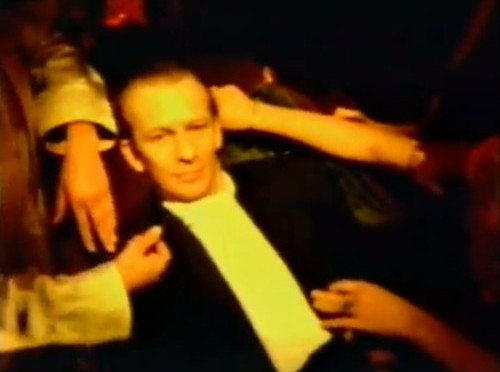
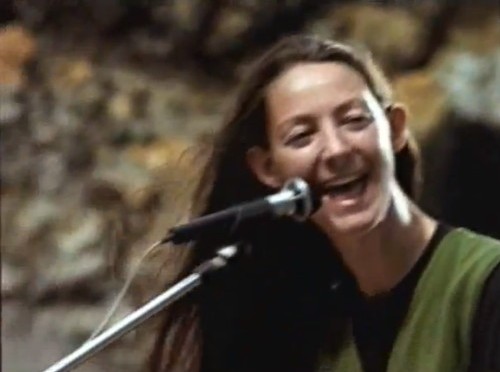
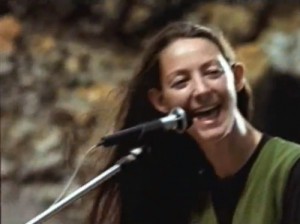 At first “Thinking About You” seems like a wistful song from someone getting in touch with a long-lost love. There’s a Front Lawn-style quirkiness to the song but it initially seems rather restrained.
At first “Thinking About You” seems like a wistful song from someone getting in touch with a long-lost love. There’s a Front Lawn-style quirkiness to the song but it initially seems rather restrained.
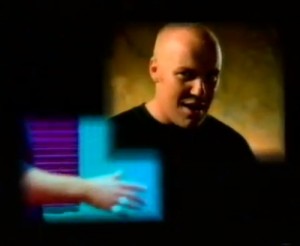 The first few seconds of this song seem quite sedate. There’s Marry J doing his soul crooning and it’s all very sweet when suddenly – bam! – here’s Dei Hamo with some rap to make things a lot more interesting.
The first few seconds of this song seem quite sedate. There’s Marry J doing his soul crooning and it’s all very sweet when suddenly – bam! – here’s Dei Hamo with some rap to make things a lot more interesting.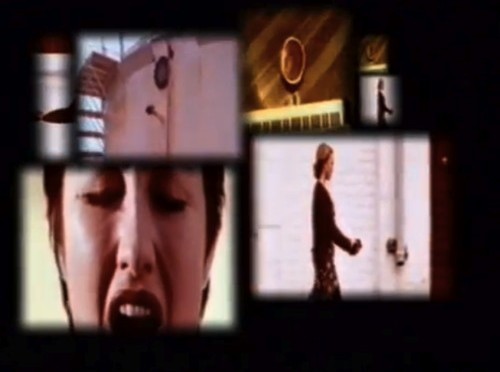
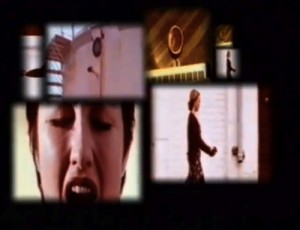 The Ngā Taonga Sound & Vision describes this video as “Elaborate split screens video monitors”, which isn’t quite accurate. It’s a collection of eight boxes that play footage. To me it looks more like a digital composite rather than eight actual video monitors (and flat screen technology wasn’t that advance back then).
The Ngā Taonga Sound & Vision describes this video as “Elaborate split screens video monitors”, which isn’t quite accurate. It’s a collection of eight boxes that play footage. To me it looks more like a digital composite rather than eight actual video monitors (and flat screen technology wasn’t that advance back then).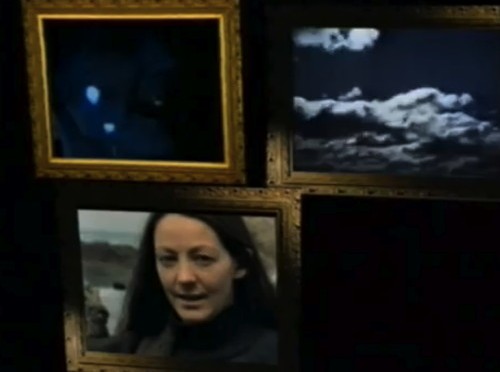
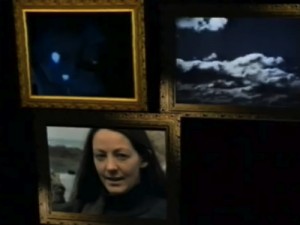 The Brainchilds was a pop outlet for musicians Steve Roche, David Donaldson and Janet Roddick (now working as mutli-purpose composers Plan 9). Their cover of the Beatles’ pop masterpiece strips away the more psychedelic elements of the fab four’s production. As a result, Janet’s lovely clear voice makes the song sound more like a hypnotherapy take. Turn off your phone, relax, and float downstream. You crave not ciggies. You crave not ciggies.
The Brainchilds was a pop outlet for musicians Steve Roche, David Donaldson and Janet Roddick (now working as mutli-purpose composers Plan 9). Their cover of the Beatles’ pop masterpiece strips away the more psychedelic elements of the fab four’s production. As a result, Janet’s lovely clear voice makes the song sound more like a hypnotherapy take. Turn off your phone, relax, and float downstream. You crave not ciggies. You crave not ciggies.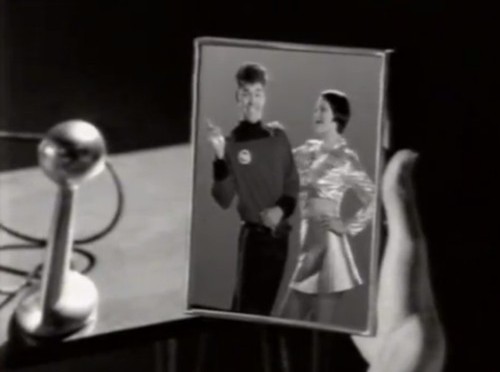
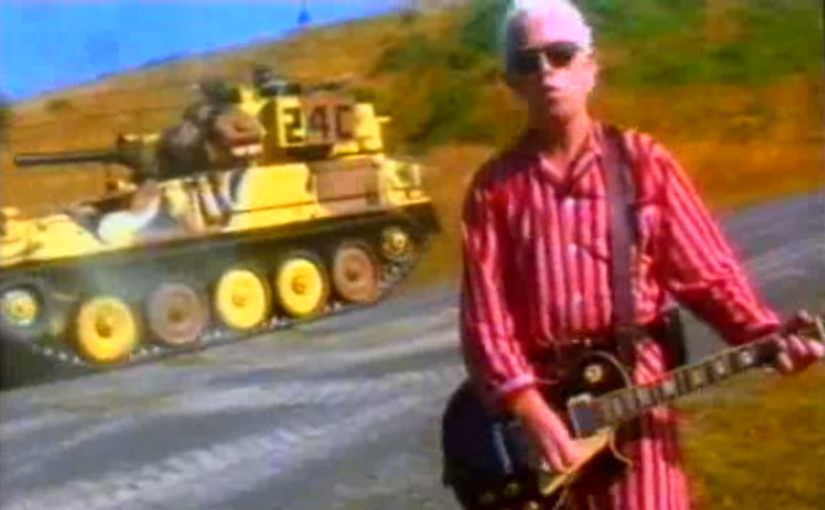
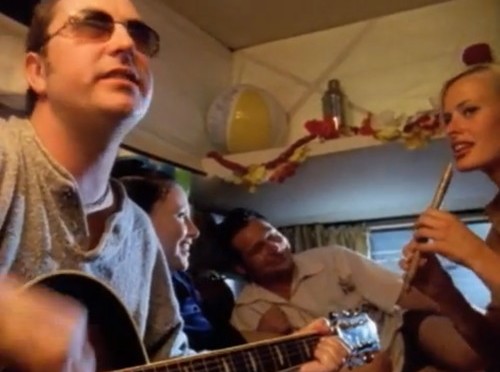
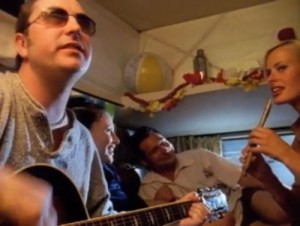 Tell me what (oh!) ever happened to Lisa. It’s a summer of heartbreak and the Feelers have a theme song for it, a lament for the long-lost Lisa. The video sees the band enjoying a summer holiday. They have a Kombi van and have been joined by three model-like women, one of whom we can assume is Lisa. The six of them drive around, enjoying a stereotypical outdoorsy summer, partying like it’s 1969.
Tell me what (oh!) ever happened to Lisa. It’s a summer of heartbreak and the Feelers have a theme song for it, a lament for the long-lost Lisa. The video sees the band enjoying a summer holiday. They have a Kombi van and have been joined by three model-like women, one of whom we can assume is Lisa. The six of them drive around, enjoying a stereotypical outdoorsy summer, partying like it’s 1969.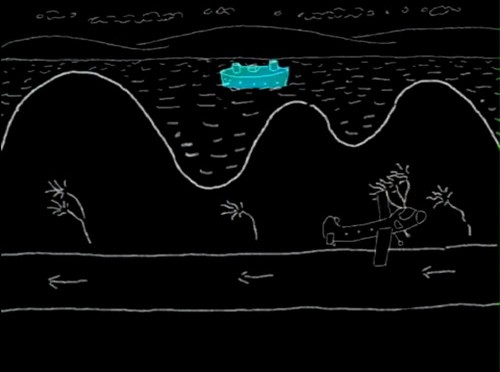
 For a band that had such a strong live reputation, it’s curious that the Black Seeds started off by making music videos that didn’t show the band playing. The video for the chilled-out “Coming Back Home” starts with time-lapse footage of the band setting upon stage, but that’s the last we see of them. The rest of the video is animated. Perhaps they were too busy gigging to appear in a video.
For a band that had such a strong live reputation, it’s curious that the Black Seeds started off by making music videos that didn’t show the band playing. The video for the chilled-out “Coming Back Home” starts with time-lapse footage of the band setting upon stage, but that’s the last we see of them. The rest of the video is animated. Perhaps they were too busy gigging to appear in a video.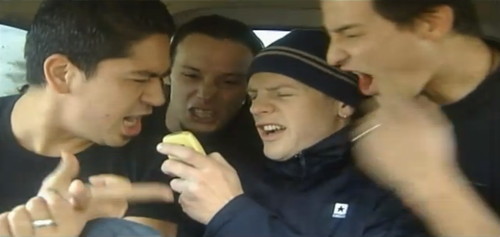
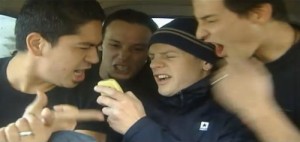 “Underground” is a serious rock song, but Savant go for a lighter treatment, with the video showing the fake making of a music video for the song. The group wake up and are shown in a four-way split, just like Betchadupa’s
“Underground” is a serious rock song, but Savant go for a lighter treatment, with the video showing the fake making of a music video for the song. The group wake up and are shown in a four-way split, just like Betchadupa’s